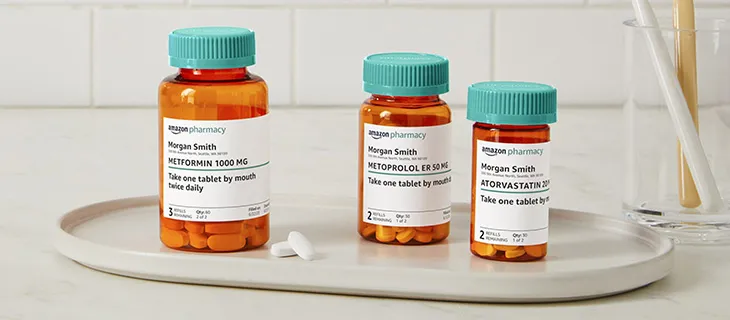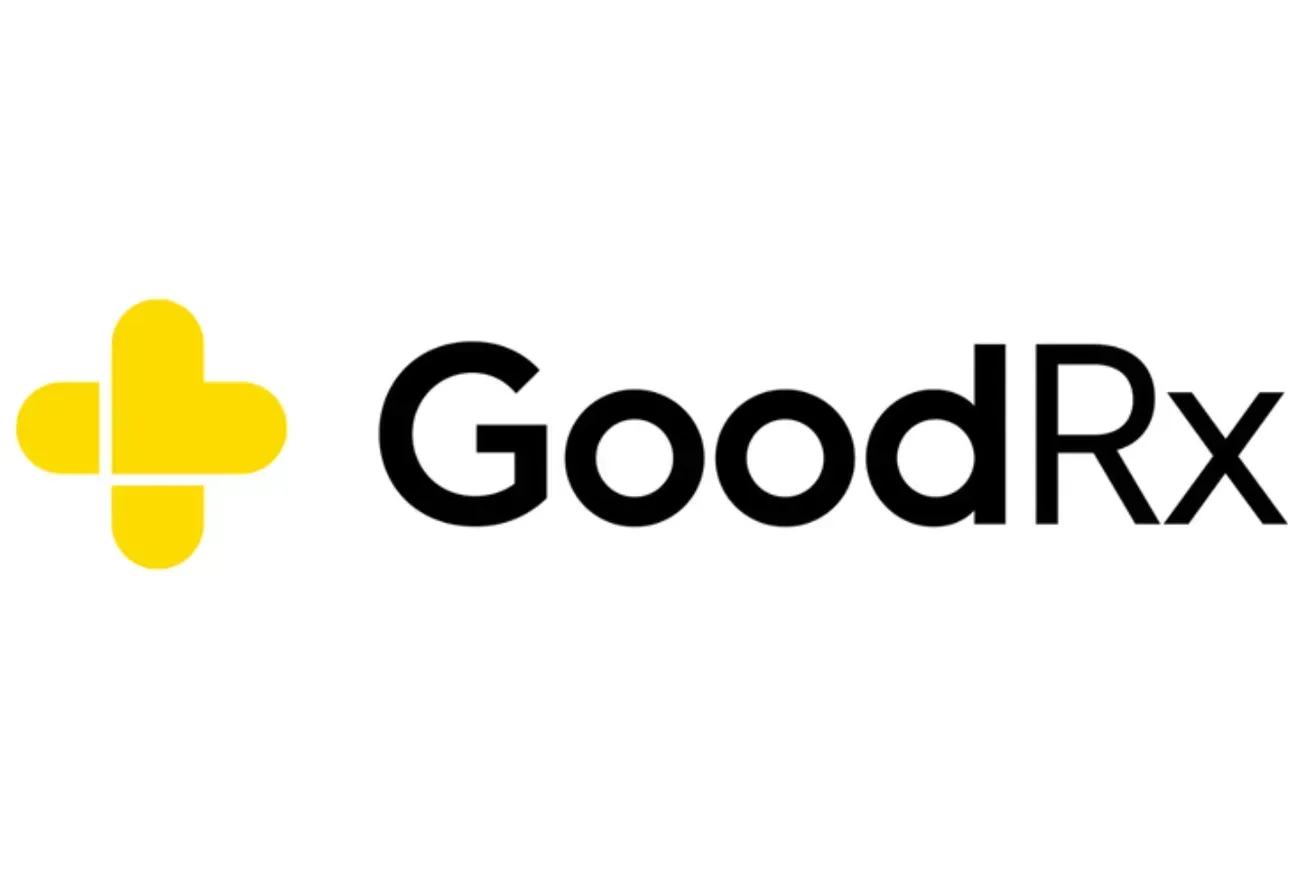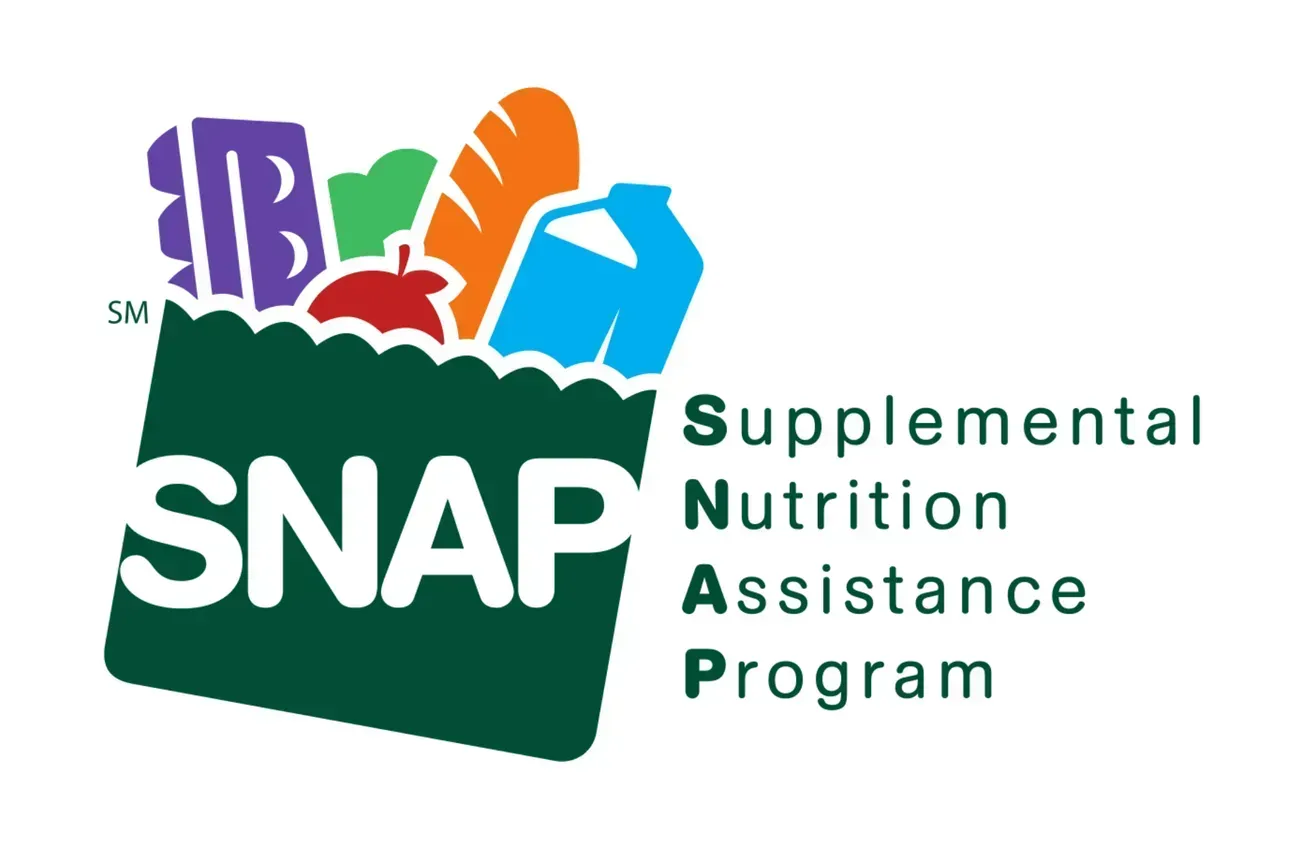By Steven Robins
In the rapidly evolving landscape of retail and health care, Amazon Pharmacy represents a formidable challenge to traditional brick-and-mortar and omnichannel companies. As consumers and the health care industry continue to embrace digital transformation, the rise of Amazon Pharmacy signals a significant threat to established pharmacy models. Without leveraging the unique strengths of their in-store experiences, pharmacy staff, value-added services, and potentially their neighbors, we will see an increasing number of closures and, ultimately, a significantly smaller share of pharmacy for traditional players.
Amazon’s strengths
As part of the larger Amazon ecosystem, Amazon Pharmacy benefits from several inherent advantages. Over 170 million Prime members to start with. Add that to Amazon’s vast logistical network, unparalleled data analytics and robust e-commerce platform to provide a seamless and efficient customer experience. The ability to quickly deliver prescriptions to consumers’ doorsteps and the convenience of online ordering sets a high bar for traditional pharmacies to meet. Furthermore, Amazon’s customer-centric approach, characterized by ease of access and reliable service, aligns well with the growing consumer preference for digital solutions in health care. Their offering includes pharmacists on call 24/7, a feature that even the more national chains find challenging to meet.
In addition to its logistical prowess, Amazon Pharmacy’s integration with other Amazon services offers a comprehensive health care solution. Consumers can manage their medications through a user-friendly interface, receive reminders for refills and access customer support with the click of a button. In addition to a telemedicine offering, some consumers can also use Amazon’s urgent care chain, One Medical, at a discounted rate for Prime members.

DTC prescription fulfillment
The direct-to-consumer (DTC) model for prescription fulfillment, increasingly adopted by insurers and pharmacy benefit managers, compounds the challenges faced by traditional pharmacies. Insurers are now exploring more efficient ways to deliver medications directly to their members, bypassing the need for retail pharmacies. This shift reduces costs and streamlines the prescription process for consumers. As insurers and PBMs continue to push for DTC models, the pressure on traditional pharmacies to adapt intensifies. Further, the lifestyle DTC players and prescription manufacturers are growing DTC behind the wild success of the GLP-1 weight loss trends. In addition to TruePill, Lilly Direct patients often have their Zepbound or migraine medicine delivered by Amazon Pharmacy.
The imperative for
traditional pharmacies
Traditional and omnichannel pharmacies must leverage their unique strengths to stay relevant in this competitive landscape. One of those is often multiple outlets in a single geographic area, creating the opportunity to “outlocal” Amazon. Success relies on “going back to the future” and adding decentralized authority to store managers and pharmacy directors supported by a solid, multiregional or national, digital and operational infrastructure. Working through this for clients looking to win in the drug channel at the New England Consulting Group often requires thinking more like a franchise or co-op organization. Local/regional models from restaurants, insurance companies, and car manufacturers and dealers offer best practices in these areas. New media and marketing tools like BetterLocal.com, Tidesmart and others enable highly customizable local market media approaches that empowered managers could use to drive increased traffic to the pharmacy and front of the store. The key to success is what happens when the consumer arrives, so enhancing the in-store experience, utilizing the expertise of pharmacy staff and offering value-added services that Amazon Pharmacy cannot easily replicate are all required. While we recognize this is a major strategy overhaul for chain drug, closing significant numbers of stores every year is pretty disruptive, too.
• Making the Staff Part of the Community: Traditional pharmacies have the advantage of face-to-face interactions between pharmacists and patients. Pharmacists can provide personalized consultations, medication reviews and tailored health advice that builds trust and fosters long-term relationships. To do this, they need bandwidth and KPIs that empower pharmacists to play a more active role in patient care rather than purely transactional incentives.
• Enhancing In-Store Experience and Events: Creating a compelling in-store experience is crucial. Pharmacies can organize health and wellness events beyond vaccinations and health screenings. Given the growth of lifestyle segments in aesthetics, health and fitness, rapid weight loss, and other high-interest topics, there is a huge opportunity to educate. These events attract foot traffic and position the pharmacy as a community health hub. Traditional pharmacies can maintain customer loyalty by fostering a sense of community and offering experiences that cannot be easily digitized. Another opportunity is to partner with chains in the same shopping complex to increase the destination value. Once again, the store manager plays a crucial role in identifying potential partners (local and multiregional) in their markets.
• Leveraging Other Store Personnel: Store personnel can play a vital role in enhancing the customer experience. Training staff to provide exceptional customer service, assist with navigating insurance complexities, and offer health advice can create a more personalized and supportive environment. This human touch is something Amazon’s automated systems cannot replicate.
• Offering Value-Added Services: Traditional pharmacies must differentiate themselves by offering additional services such as medication compounding (which existed long before Semaglutide), home delivery, medication synchronization, and comprehensive health management programs. These services add value and convenience, making the pharmacy more than just a place to pick up prescriptions.
• Adopting Technology and Digital Solutions: While enhancing in-store experiences, traditional pharmacies should continue to optimize their digital solutions. Implementing user-friendly mobile apps, online prescription refills, and telepharmacy services can bridge the gap between physical and digital, providing a hybrid model that caters to a broader range of consumer preferences. If educated by the manufacturers, pharmacists can also become “ratings validators” for their consumers on which manufacturer loyalty programs are preferred by people like them.
The bottom line
The rise of Amazon Pharmacy and the increasing prevalence of DTC prescription fulfillment by insurers, PBMs and pharmaceutical companies present significant challenges to traditional pharmacies. However, traditional pharmacies can carve out a competitive niche by leveraging their strengths through in-store experiences, pharmacy staff expertise and value-added services. Embracing their human-centric advantages and adopting digital innovations will be essential to thriving in this new era of health care retail.
Steven Robins is managing partner/principal at the New England Consulting Group.





